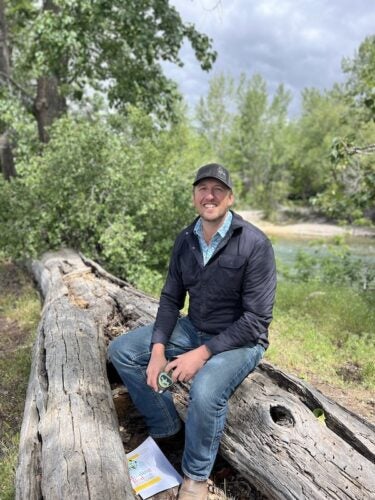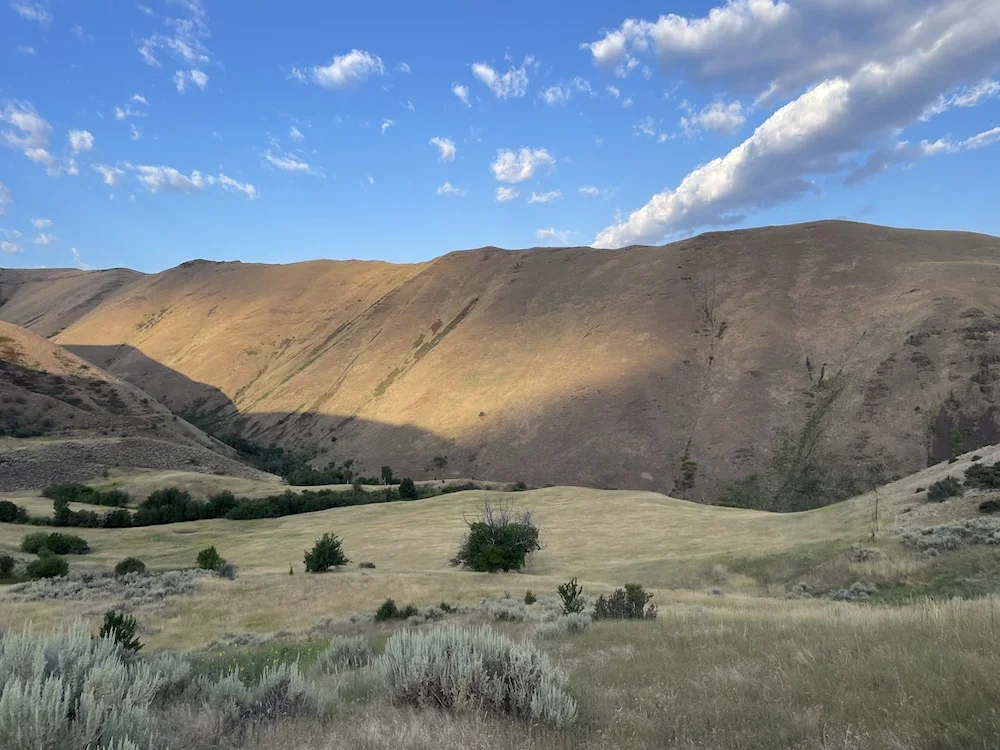
“It’s hard to grow up in a rural community in Idaho and not care so much about the community. What drives all of my research is a motivation to help rural communities in Idaho – to help find the pathways where we can protect our communities and our landscapes at the same time.”
That’s Jared Talley speaking, assistant professor in Environmental Studies in the School of Public Service at Boise State. As a Southwest Idaho native, his firsthand knowledge of the critical relationships between a community and the landscapes they call home shapes his role as an educator, researcher and leader.
In 2014, Talley was a graduate assistant at Boise State, working under the MILES Project, a National Science Foundation EPSCoR initiative – known as the Established Program to Stimulate Competitive Research. His role involved engaging landowners around farm and water use in the Treasure Valley. As part of his graduate studies, Talley wrote a thesis focused on stakeholder engagement in natural resource management, a project that ultimately inspired him to pursue a doctoral degree centered on engagement and collaboration in conservation.
Collaborating with the Governor’s office and the STEM Action Center, Talley proposed that the next EPSCoR project should include support for a graduate student to work in the STEM Action Center to study the needs for rural STEM education in Idaho.
Now as a faculty member at Boise State, Talley has the opportunity to mentor the graduate student who is continuing this important work in rural STEM education.
Passionate about environmental philosophy and community collaboration, Talley also supports the community engagement initiatives for I-CREWS (Idaho Community-engaged Resilience for Energy-Water Systems), Idaho’s latest EPSCoR project. Additionally, he leads a team conducting research on carbon projects on lands in the American West as part of Boise State’s Grand Challenge Resource Nexus for Sustainability.

In addition to community engagement, Talley leads research examining the landscape between public service organizations and Idaho’s rural communities. The project aims to understand how well-resourced and well intentioned organizations perceive community needs and their efforts to address them. This project also evaluates the community perspectives on their needs and explores any alignment or divergence between these views and the organizations’ efforts.
Growing up in Southwest Idaho himself, Talley emphasizes the importance of equipping students with the skills to apply their expertise within their own communities. “It would be awesome to have those kids from [rural] communities be well trained in the complexity of the energy-water systems so that they can come back to their community and help their community,” he says.
This publication was made possible by the NSF Idaho EPSCoR Program and by the National Science Foundation under award number OIA-2242769.
- Article written by Zenaida De La Cruz